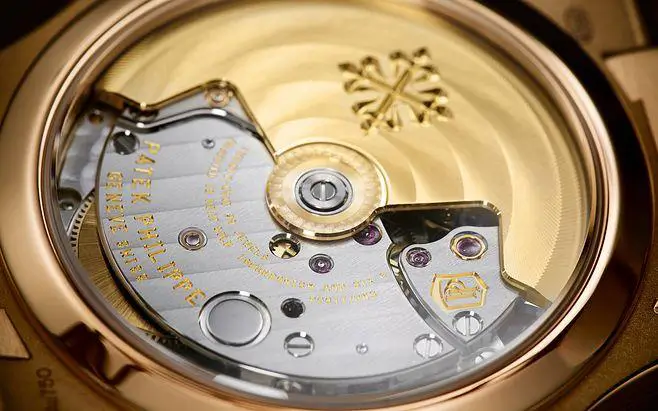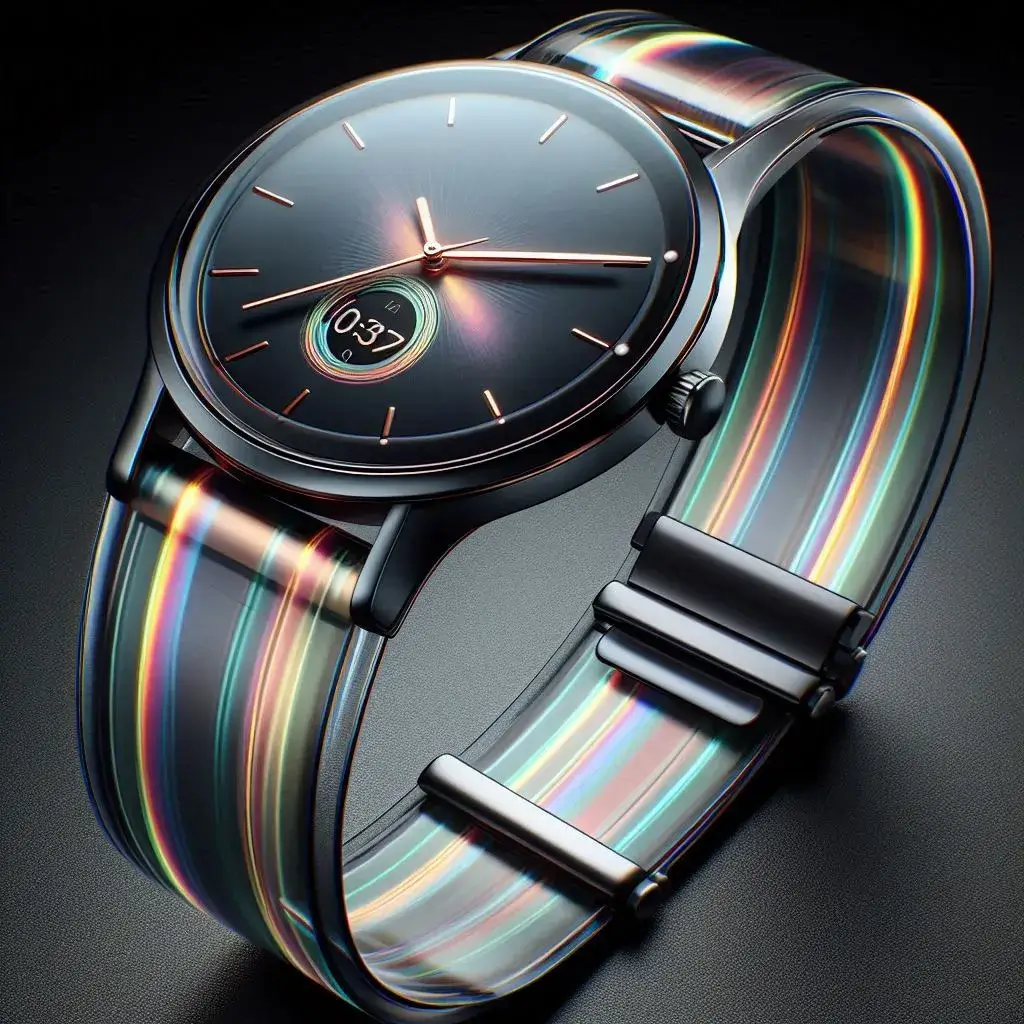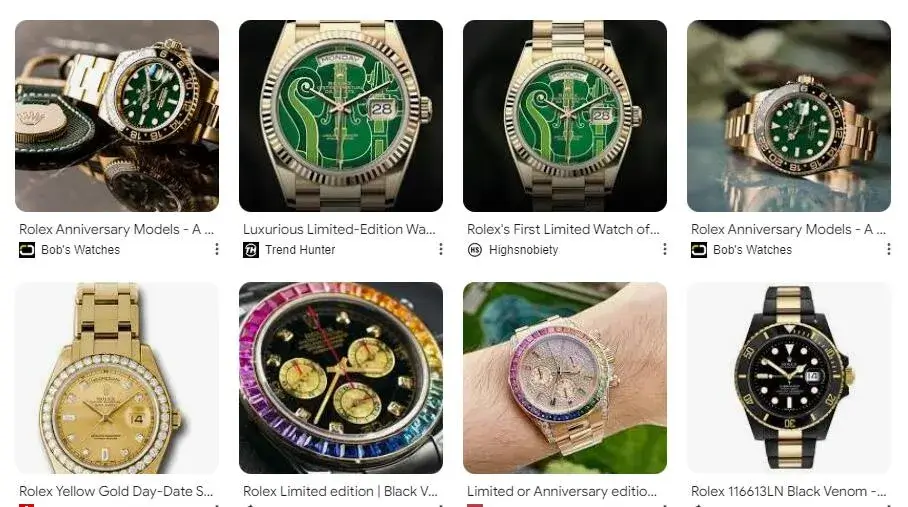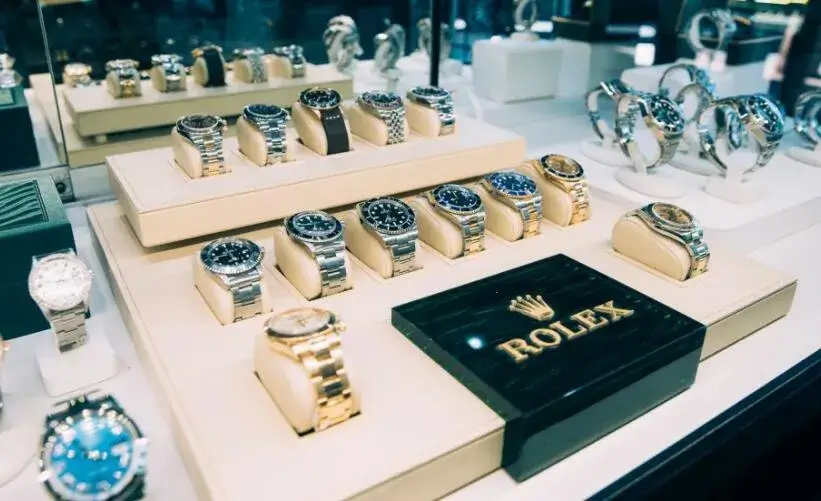Why Watches are so Expensive, What Drives the Price Up?
Luxury watches are often associated with high prices that leave many people wondering why they cost so much. a lot of people feel that the watch is overpriced and not worth what it costs, especially when it can sometimes be more expensive than a car.
So, Why Watches are so Expensive? The answer lies in a combination of factors, including:
- Production Costs
- Watch Components and Movements
- Complications and Technological Innovations
- Exclusivity and Limited Editions of Watches
- Brand Reputation and Prestige of Brands
- Research and Development of New Watches
- Marketing and Retail Mark-Up
- Market Dynamics and Watches has the Investment Potential
- Psychological and Cultural Factors
This article explores these reasons to help you understand what drives the cost of luxury watches and whether they are worth the investment.
Factors Driving the High Cost of Watches
1. Production Costs on Materials & Labor
Although the common materials of watches are usually common materials such as stainless steel or alloys ect. But the production of luxury watches involves expensive materials like gold, platinum, and diamonds. These materials significantly increase the cost.

2. Watch Components and Movements
Luxury watches are known for their outstanding features, like sapphire crystals, intricate mechanical movements, and ceramic parts. High-quality materials such as solid gold, platinum, and premium stainless steel not only make the watch look stunning but also boost its durability.

However, all these elements come with a hefty price tag. The careful craftsmanship and the time-intensive processes involved significantly contribute to the overall cost.
The high-end watches are often crafted by hand, with their intricate mechanisms demanding considerable skill and time to perfect. In-house mechanical movements are especially pricey due to the extensive design and production expertise required.
Additionally, skilled labor and intricate manufacturing processes are required to produce high-end timepieces, adding to the expense.
3. Complications and Technological Innovations of Watches
Complications are additional features beyond the basic time-telling function, such as moon phases, chronographs, and alarms. These elements require advanced engineering and precise craftsmanship, which drive up the cost of the watch.

Technological innovations, including new materials and sophisticated engineering, further enhance a watch’s appeal and price. Features like perpetual calendars, tourbillons, and moon phases highlight the complexity of watchmaking and the high level of craftsmanship involved, contributing to the increased cost.
4. Exclusivity and Limited Editions on Watches
Luxury watches are often produced in limited quantities, making them highly sought after by collectors and enthusiasts. Scarcity creates a sense of exclusivity, and when demand exceeds supply, prices increase. This exclusivity also contributes to the watch’s value over time.

5. Brand Reputation and Prestige
Renowned brands such as Rolex, Patek Philippe, and Audemars Piguet have established themselves as leaders in quality and exclusivity. This reputation enables them to charge premium prices for their timepieces, as buyers are eager to invest in the status associated with these prestigious names.![Ultimate Guide to Know About Brand Watches[Brand Watches List]](https://ohlalawatch.com/wp-content/uploads/2022/10/watch-brands.webp)
The reputation and prestige of a brand are key factors in determining the price of a watch. Legendary names like Rolex and Patek Philippe have spent decades building their legacy, offering not just watches but symbols of achievement and sophistication.
Why Brands Like Rolex and Patek Philippe Command High Prices
These brands are synonymous with luxury, craftsmanship, and heritage. They adhere to strict quality standards and are seen as icons of exclusivity. Additionally, the limited availability and high demand for their models further increase their value, allowing them to maintain their premium pricing.
Marketing and Branding Strategies in Luxury Watches
Luxury watch brands invest heavily in marketing and branding to uphold their exclusive status. Sponsorships of prestigious events, celebrity endorsements, and high-profile advertising campaigns help build a brand image that appeals to affluent consumers, driving up prices.
6. High Rate on Research and Development of Luxury Watches
Brands’ investments in research and development are a big reason why watch prices keep climbing. Each year, luxury brands roll out new products with the latest technology and fresh designs, new movements, and new materials, pouring millions into new manufacturing techniques, movements, materials, and staff training.

Take Rolex, for example; they often develop their own in-house movements. This process can take five to seven years and can cost anywhere from $8 million to $20 million, depending on how complex the movement is. While many brands typically use existing movements, the high prices of certain ones also play a role in driving up costs.
So, the more intricate and sophisticated the movement, the higher the development costs. This continuous investment in R&D helps them stay competitive, which naturally means the watches end up being more expensive.
7. Marketing and Retail Mark-Up
The high cost of luxury watches also includes significant marketing expenses. Brands invest in advertising, sponsorships, and promotional events to build their image.
Watchmakers and brands often sponsor major global events like the Olympics, auto racing, tennis tournaments, soccer matches, and yachting competitions. They also hire high-profile celebrities and brand ambassadors for marketing and promotional activities, using magazines, newspapers, television, and outdoor billboards to promote their products. All of these costs ultimately end up reflected in the price of the watches.

As we know, a watch goes through multiple stages before it reaches the customer, including traders, wholesalers, and retailers. At each step, the price typically increases by 10-30% due to various costs like labor and transportation. Retailers also have to cover expenses such as staff salaries, rent, utilities, and operating costs, all of which contribute to the final price passed on to the consumer.
8. Market Dynamics and Investment Potential of Watches
The dynamics of supply and demand also contribute to the high prices of luxury watches. When supply is limited and demand is high, prices can skyrocket, turning some watches into valuable assets. Even second-hand watches often fetch higher prices in the market. The more expensive and exclusive the watch, the more desirable it becomes for collectors and enthusiasts.
Luxury Watches as Investments
High-end watches, particularly those from renowned brands, can serve as long-term investments. Certain models retain or appreciate in value over time, especially when they are rare or discontinued, making them sought-after collectibles.

The Rising Value of Vintage and Limited Edition Watches
Vintage watches and limited editions often see their values increase due to their rarity and historical significance. Collectors and enthusiasts are willing to pay a premium for unique pieces that have a story, further driving up prices.
9. Psychological and Cultural Factors
The appeal of luxury watches goes beyond functionality; they often serve as symbols of status and success. Psychological and cultural factors significantly influence the desire and willingness to spend on these timepieces.
Watches as Status Symbols
Wearing a luxury watch can signal wealth, success, and good taste. These watches are more than just timekeeping devices; they are status symbols that reflect a person’s social standing and lifestyle.
The Prestige and Desire for Ownership
The desire to own a luxury watch is often driven by its perceived prestige. For many, the ownership of such timepieces is tied to a sense of accomplishment and exclusivity, which justifies the high price.
Is the Price on Watches Justified?
Luxury watches can be a worthwhile investment, especially those from reputable brands and limited editions. These watches often appreciate over time due to their rarity and quality. However, not all expensive watches offer a good return on investment; it’s crucial to evaluate the watch’s true value beyond its price.
The Allure of Expensive Watches
Expensive watches often offer unparalleled craftsmanship, with each piece meticulously handcrafted. They serve as symbols of status and refinement, making them desirable beyond their functional use.
Conclusion
The high cost of luxury watches is influenced by several factors, including production expenses, brand value, exclusivity, and marketing. Understanding these elements can help you determine whether a high-priced watch is worth the investment. While some luxury watches offer enduring value and appeal, others may not justify their price tags. Choose wisely by considering what truly matters to you—whether it’s the craftsmanship, brand prestige, or potential for investment.




